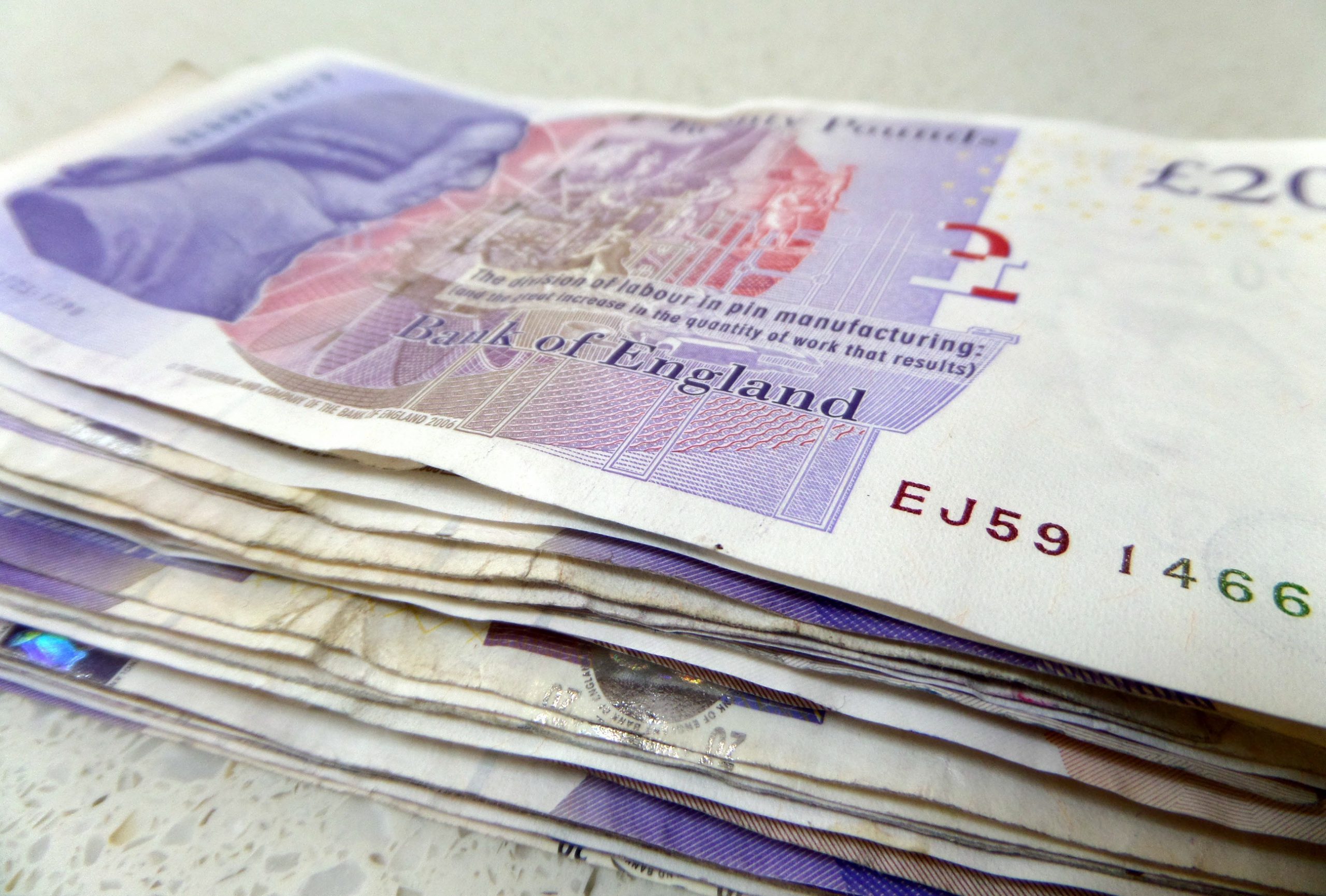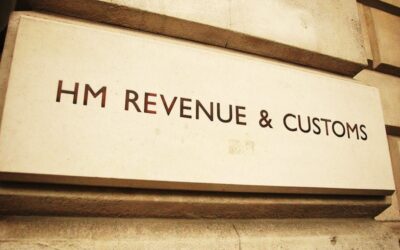- Latest HMRC estimate of non-compliance unchanged from previous year, at 4.8% of all tax owed
- Absolute Tax Gap figure is £35.8bn – up from £30.8bn the previous year
- Changes to small business corporation tax methodology reveal a significant increase in this tax gap
The amount of tax lost in the 2021-22 financial year was 4.8% of the total tax owed, the same figure as the previous year, according to HMRC’s latest Tax Gap report.
In absolute figures, the amount of tax lost was £35.8bn – up from £30.8bn in the previous year.
HMRC has been collecting data and making estimates of the Tax Gap since the early 2000s, and has published them every year since 2008. It’s the only tax authority in the world that publishes an annual estimate of tax losses for all forms of taxation.
The Tax Gap is defined as “the difference between the amounts of tax that should, in theory, be collected by HMRC, against what is actually collected”. This is a broad measure of tax non-compliance, which covers tax losses arising for a variety of reasons – from innocent mistakes to complex frauds carried out by criminal gangs.
The Tax Gap takes into account the amount of tax collected through HMRC’s enforcement activity – known as the ‘compliance yield’.
Despite a long-term reduction in the reported percentage tax gap figures, there are a number of data points in HMRC’s report which deserve a closer look.
Points of interest
Small businesses are responsible for the largest proportion of the overall tax gap – 56%. Their share has been consistently increasing over the last few years, from a low of 38% in 2016-17. It’s clear that the main problem is with Corporation Tax, where small businesses have had a tax gap of almost 30% for the last three years – up from around 17% in the mid-2010s. No other major tax type has seen an increase in its tax gap figure of anything like these amounts. One possible explanation is that data collection has improved, as the report refers to a new random enquiry programme into small business corporation tax.
A recent House of Lords Finance Bill Subcommittee[1] in relation to R&D reliefs, hearing also heard evidence of a new random enquiry programme, which was expected to provide more accurate data around error and fraud in the small and medium enterprise (SME) scheme. It therefore seems likely that some of the increased corporation tax gap for small businesses is a result of R&D fraud and error, but this data is unlikely to be published before the HMRC annual return and accounts for 2022-23 are published in July. HMRC has already reported that 7.3% of claimed R&D by SMEs is thought to be incorrect, so it will be interesting to see if this increases by a significant amount.
Last year, HMRC committed to publishing figures for the “offshore” tax gap during 2023. HMRC receives data about assets owned by UK taxpayers in other countries via an automatic exchange of information programme. HMRC now says it will use this data in a random enquiry programme to calculate a standalone offshore tax gap for the Self-Assessment population. This will be published in the autumn[2]. The data included in the latest Tax Gap report uses a random enquiry programme to arrive at estimates for non-compliance, stratified to give more weight to wealthier taxpayers. However, with a total sample in 2019-20 of fewer than 2,000 enquiries, it seems unlikely that this will accurately reflect offshore compliance – which is, presumably, the reason for the new data.
Individuals classed by HMRC as wealthy – which covers around 800,000 people – are responsible for around 5% of the tax gap, while all other individuals combined are only responsible for around 6% of the gap. While wealthy taxpayers are dealt with by specialist teams and have a much greater level of scrutiny, it seems apparent that more could be done with this group of taxpayers to increase compliance. It’s also assumed that this group will be more likely to feature in the offshore tax gap, which is to be measured separately (see above), so the 5% figure may actually be an underestimate of their share of the tax gap.
Error and carelessness account for around 45% of the tax gap, indicating that other, more serious, behaviours are involved for over 50% of the gap – a sum of nearly £20bn.
Last year’s Tax Gap report specifically excluded figures for fraud and error arising in the Covid schemes. The CJRS and SEIS ended on 30 Sept 2021[3], but it isn’t clear from the 2023 HMRC Tax Gap report whether the data includes the Covid schemes. However, the estimate for Covid scheme fraud and error in the HMRC Annual Report and Accounts for 2021-22 is £617m, which wouldn’t have a significant impact on the overall percentage.
[1] House of Lords Economic Affairs Committee Finance Bill Sub-Committee – corrected oral evidence: Draft Finance Bill 2022-23 https://committees.parliament.uk/oralevidence/11607/pdf/
[2] HMRC Tax gaps: Methodological annex https://www.gov.uk/government/statistics/measuring-tax-gaps/methodological-annex#chapter-a-introduction
[3] Gov.uk – Claim for wages through the Coronavirus Job Retention Scheme https://www.gov.uk/guidance/claim-for-wages-through-the-coronavirus-job-retention-scheme



